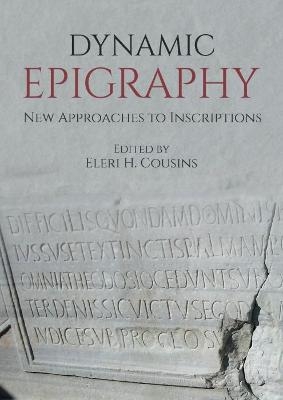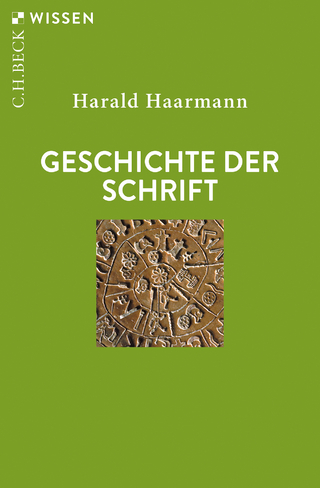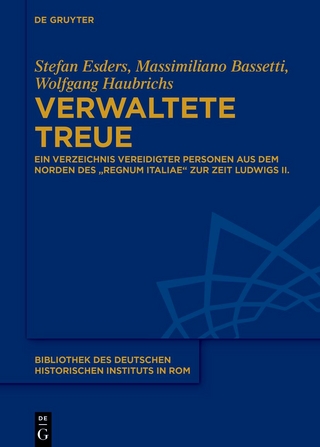
Dynamic Epigraphy
Oxbow Books (Verlag)
978-1-78925-789-2 (ISBN)
This volume, with origins in a panel at the 2018 Celtic Conference in Classics, presents creative new approaches to epigraphic material, in an attempt to 'shake up' how we deal with inscriptions. Broad themes include the embodied experience of epigraphy, the unique capacities of epigraphic language as a genre, the visuality of inscriptions and the interplay of inscriptions with literary texts. Although each chapter focuses on specific objects and epigraphic landscapes, ranging from Republican Rome to early modern Scotland, the emphasis here is on using these case studies not as an end in themselves, but as a means of exploring broader methodological and theoretical issues to do with how we use inscriptions as evidence, both for the Greco-Roman world and for other time periods.
Drawing on conversations from fields such as archaeology and anthropology, philology, art history, linguistics and history, contributors also seek to push the boundaries of epigraphy as a discipline and to demonstrate the analytical fruits of interdisciplinary approaches to inscribed material. Methodologies such as phenomenology, translingualism, intertextuality and critical fabulation are deployed to offer new perspectives on the social functions of inscriptions as texts and objects and to open up new horizons for the use of inscriptions as evidence for past societies.
Eleri H. Cousins is Lecturer in Roman History at Lancaster University. Her research focuses on the material culture of the western Roman Empire and the role of religion in provincial Roman society.
List of figures
List of abbreviations
Editor’s acknowledgments
1. Introduction: Thoughts on the nature of inscriptions
Eleri H. Cousins
2. Towards a theoretical model of the epigraphic landscape
Kelsey Jackson Williams
3. Materializing epigraphy: Archaeological and sociolinguistic approaches to Roman inscribed spindle whorls
Alex Mullen
4. Written to be (un)read, written to be seen: Beyond Latin codes in Latin epigraphy
M. Cristina de la Escosura Balbás, Elena Duce Pastor and David Serrano Lozano
5. Epigraphic strategies of communication: The visual accusative of Roman Republican dedications of spoils
Fabio Luci
6. Inscribing the artistic space: Blurred boundaries on Romano-British tombstones
Hanneke Salisbury
7. When poetry comes to its senses: Inscribed Roman verse and the human sensorium
Chiara Cenati, Victoria González Berdús and Peter Kruschwitz
8. Lassi viatores: Poetic consumption between Martial’s Epigrams and the Carmina Latina Epigraphica
Alessandra Tafaro
9. Epigraphy and critical fabulation: Imagining narratives of Greco-Roman sexual slavery
Deborah Kamen and Sarah Levin-Richardson
| Erscheinungsdatum | 28.03.2022 |
|---|---|
| Zusatzinfo | B/w and colour |
| Verlagsort | Oxford |
| Sprache | englisch |
| Maße | 170 x 240 mm |
| Themenwelt | Geschichte ► Hilfswissenschaften ► Paläografie |
| Geisteswissenschaften ► Geschichte ► Regional- / Ländergeschichte | |
| Geisteswissenschaften ► Sprach- / Literaturwissenschaft ► Sprachwissenschaft | |
| ISBN-10 | 1-78925-789-1 / 1789257891 |
| ISBN-13 | 978-1-78925-789-2 / 9781789257892 |
| Zustand | Neuware |
| Informationen gemäß Produktsicherheitsverordnung (GPSR) | |
| Haben Sie eine Frage zum Produkt? |
aus dem Bereich


